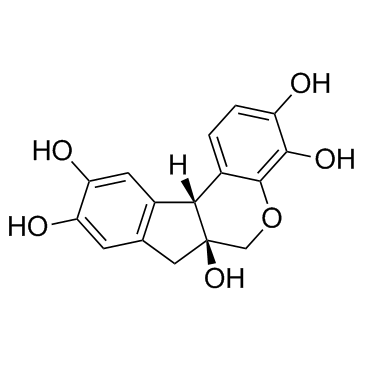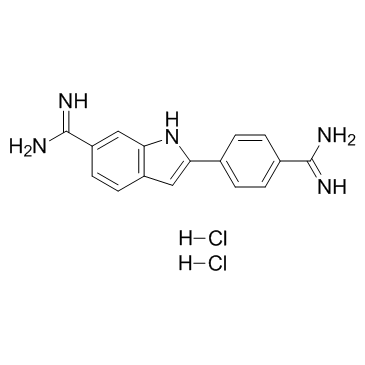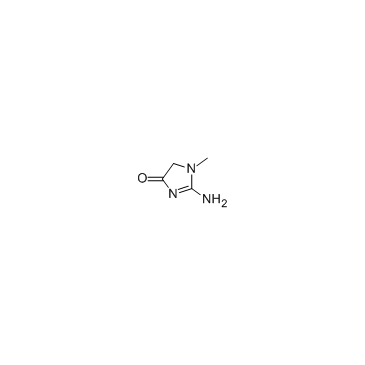| Structure | Name/CAS No. | Articles |
|---|---|---|
 |
Glycerol
CAS:56-81-5 |
|
 |
Hematoxylin
CAS:517-28-2 |
|
 |
o-phospho-l-tyrosine
CAS:21820-51-9 |
|
 |
4',6-Diamidino-2-phenylindole dihydrochloride
CAS:28718-90-3 |
|
 |
Creatinine
CAS:60-27-5 |